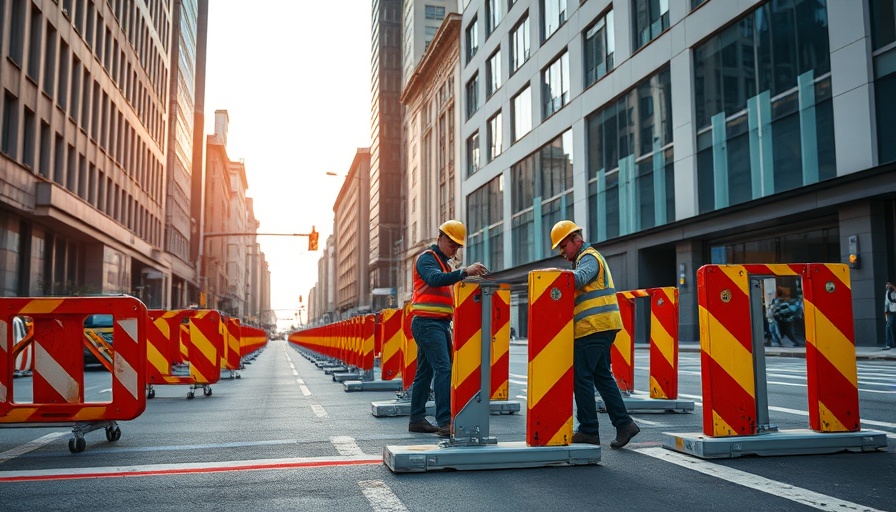
Explore Cutting-Edge Safety Innovations at the NSC Safety Congress
The upcoming 2025 NSC Safety Congress & Expo is set to be a pivotal event for professionals in the construction industry and beyond. One of the key exhibitors this year will be TrafFix Devices, a leader in safety equipment, showcasing their innovative solutions designed to enhance safety on the job. For business owners, facility managers, and property developers, this expo is an opportunity to discover advancements that could positively impact their operations.
Understanding the Importance of Safety in Commercial Spaces
In the fast-paced environment of commercial construction, prioritizing safety is not just a regulatory requirement but a business necessity. Safety-related incidents can lead to significant financial losses, operational delays, and even legal ramifications. TrafFix Devices specializes in creating safety products that not only comply with industry standards but also improve overall safety effectiveness. This congress will highlight the importance of investing in top-tier safety solutions that can prevent accidents and, ultimately, save costs.
Showcasing Innovative Solutions for Enhanced Protection
TrafFix Devices is known for its diverse range of products, including traffic control devices, barriers, and other safety tools that play crucial roles in maintaining safety standards on construction sites. Visitors to their booth can expect live demonstrations of their latest technologies, such as smart traffic cones that utilize sensors for real-time feedback. These innovations not only enhance safety but also boost efficiency, making them a must-see at the expo.
Future Trends in Construction Safety
As we look to the future, the construction industry is evolving, with technology playing a crucial role. Companies are increasingly investing in automated and high-tech solutions to improve safety protocols. For instance, the rise of drones in monitoring worksites has shown promising results in preventing accidents by providing real-time data. TrafFix's commitment to innovation positions them as a leader amid these trends, offering business owners insights into how they can leverage technology to enhance safety.
Take Action: Elevate Your Business Safety Standards
As safety continues to gain prominence in the construction and development spheres, business owners and managers should consider attending the 2025 NSC Safety Congress & Expo. There, you’ll have the chance to explore safety innovations that could transform your operations and protect your workforce. Don't miss out on the opportunity to gain firsthand knowledge from industry leaders like TrafFix Devices, where you can see the future of workplace safety technology in action.
 Add Row
Add Row  Add
Add 




Write A Comment